Sacred trees
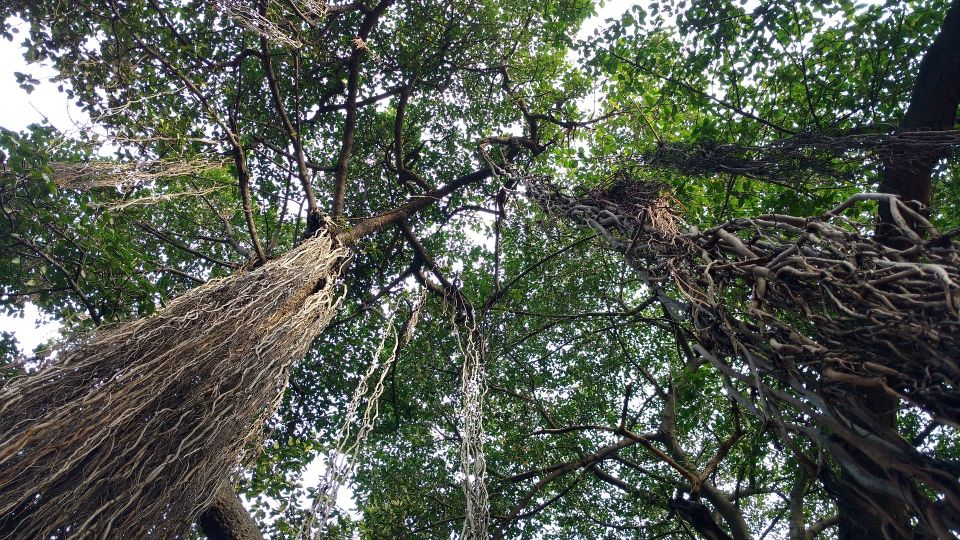
Humans have a deep emotional need for symbolism and ritual, the awe inspired by trees has had fertile roots in the past and continues to bear fruit and new shoots in our modern world.
As the nights get longer it’s a time for tall tales and inner searching. Is it any wonder that trees have stood for so much and been venerated since the dawn of humanity? Looking up into the lush green canopy and gnarled boughs of an ancient tree feels wonderful. Providing people with shelter, materials, medicine, heat and light, these beautiful living, breathing giants have inspired many stories and lore.
Groves of oak and yew trees were worshipped by the ancients. When the young religion of Christianity wanted to make its mark it used many of these sacred groves as the location for its holy churches.
Humans have a deep emotional need for symbolism and ritual, the awe inspired by trees has had fertile roots in the past and continues to bear fruit and new shoots in our modern world.

Yews and rebirth
The old pagan religions associated yew trees with death and rebirth, their branches and foliage were cut for ceremonial occasions. Groves of yews were sacred places and more were planted to create new hallowed land. The link with death probably started because it’s an evergreen and though the yew’s needle like leaves and round red berries are poisonous to people, it can live for thousands of years. It can even regenerate. When a low branch touches the ground, it can sprout roots and grow into a new tree. Trees and the yew in particular symbolised nature’s power of renewal, the cycle of seasons, birth and death and new birth. As time passed the yew remained a symbol of eternity in Christianity. The words and focus changed from 'rebirth' to 'resurrection'.
As yew trees grow old, their central core rots away, making them difficult to age, but a yew tree with a girth of 6m is likely to be at least 1,000 years old. There are some yew trees still alive and well that would have been seedlings in pre-Christian times. It is astonishing to think what these ancients have lived through.
'It is a common saying amongst the inhabitants of the New-forest, that a post of yew will outlast a post of iron.' (From 'Remarks on Forest Scenery and other Woodland Views', Volume 1, 1834, Rev. William Gilpin).
These trees have been protected in churchyards because of their sacredness. Aggressive commercial logging to supply wood for things such as heating and building ships caused dramatic deforestation and the loss of most of our ancient woodland. British Yew trees were mostly gone by the 15th century to supply the long bows of armies. But even somewhere as urban and covered in concrete like London can boast an ancient yew protected by a church. The Totteridge yew in the churchyard of St Andrew is thought to be 2000 years old and is probably London’s oldest tree.
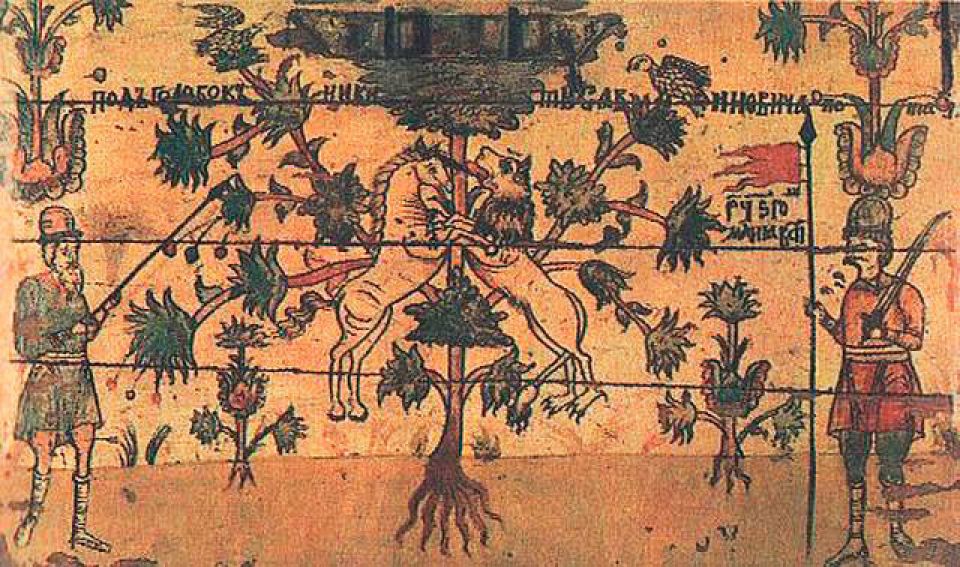
Mythic Archetypes – The World tree
Imagine a vast gargantuan tree at the centre of the world, branches stretching up to the heavenly abode of gods, stars and planets, while its roots reach down to the dark depths of the underworld, the realm of the dead. A tree that can hold all realms, it acts as a bridge between the human world and the worlds beyond. Here is a symbol of interconnectedness and the centrality of nature.
The World Tree, Cosmic Tree or Tree of Life is an archetype that appeared all over the world, from Native America to Siberia and aboriginal Australia. One of the oldest recorded accounts of the World Tree is of Babylonian origin and stems from about 3000 - 4000 BC. This tree stood at the centre of the universe, which was thought to be at the mouth of the river Euphrates. The details of the archetype varied depending on the culture it inhabited.
The Tree of life influenced much of the Celtic, Anglo-Saxon and Nordic traditions, as well as those in South Eastern Europe and Asia. In many pre-Christian religions across the world not just yews but many other trees have been connected with the journey to the underworld, with the gate of death and the soul's transition from this life to the next.
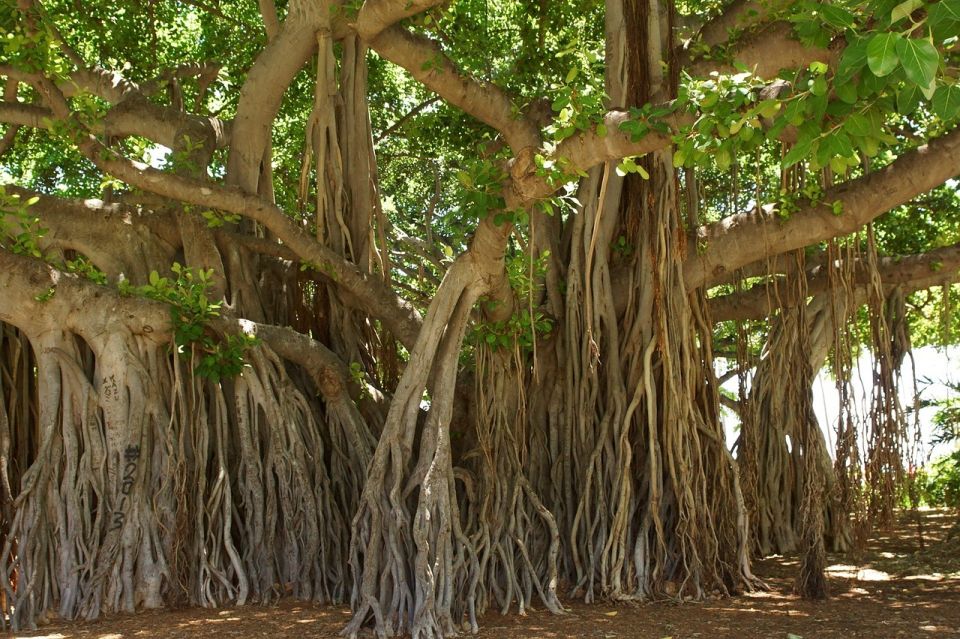
Old traditions growing into a modern world:
Banyan, Peepal or Bodhi tree
The banyan or bodhi tree is significant for two major religions in Asia and especially India where it is the national tree. Both Buddhism and Hinduism revere it for different reasons. It’s not surprising this tree is universally sacred. Its looks and size are mythic and behaviour sounds almost like science fiction. It is a Fig tree and it’s an epiphyte, which means it is a plant that grows on another plant. A mature tree looks magnificent and primal. It can spread by sending aerial roots down from its branches. When the aerial roots touch the ground they can ground themselves and develop into stems. Many myths and stories are associated with these trees. Some still believe spirits live in these gothic trees. The tiniest movement of air can stir the leaves so when no other tree’s leaves are moving the banyan’s leaves still move adding to its spooky reputation.
It is thought that the Buddha became enlightened under a Bodhi tree and so it is revered by Buddhists. Hindus have multiple associations of the Banyan tree with various gods. It features in much folklore, ancient and more recent. It is said that Vishnu, one of the religion’s major deities was born under one. It is the first known image of a tree in India; a seal discovered at Mohenjodaro, one of the ancient cities of the Indus Valley Civilization. The tree is often a symbol of the fabled ‘Kalpa Vriksha’ or the ‘Tree of Wish Fullfillment’ as it is associated with longevity. Hindus continue to worship these trees and a variety of rituals are carried out to this day. Temples often have venerable Banyan trees around them and they are planted in open spaces in villages.
The tree is used for its medicinal properties and the leaves are painted on by artists. So these trees are a practical as well as a spiritual resource. The mature trees provided shade to travellers and even now in rural areas in India people use a Banyan tree as a gathering place in the village.
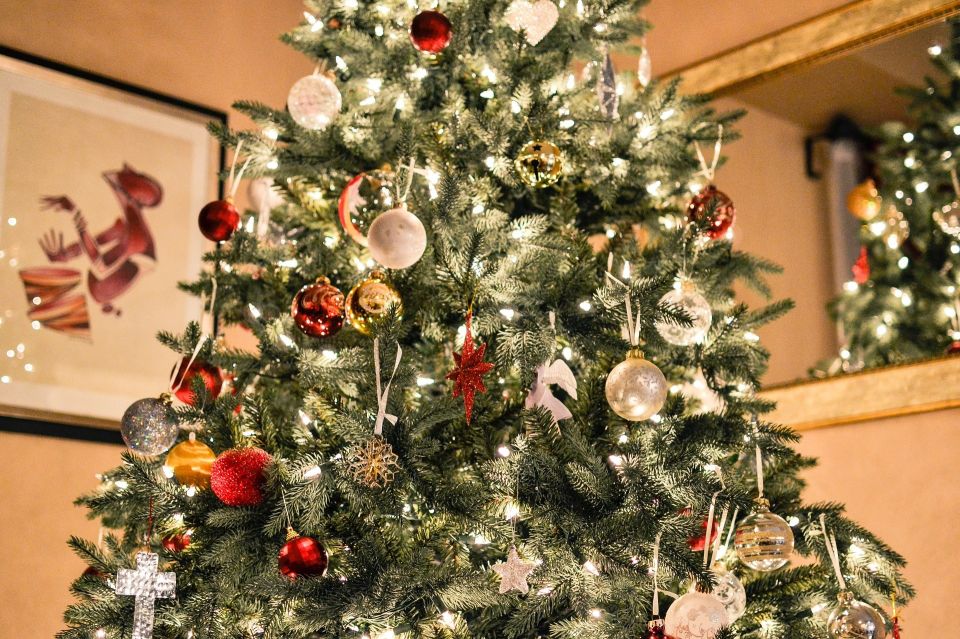
Christmas trees
Ancient people across the world used to bring branches of evergreen trees and plants into their houses in the winter time, to celebrate the Winter Solstice. When the day is shortest and the night longest this falls on December 21 or December 22 in the northern hemisphere. And it seems likely that this tradition was woven into the celebrations of the Christian religion.
It’s not that big a leap of the imagination to go from a few branches to a whole tree. It’s not clear when Fir trees were used as Christmas trees, it is likely to have been in Northern Europe about 1000 years ago. Many early Christmas Trees seem to have been hung upside down from the ceiling using chains (hung from chandeliers/lighting hooks). There are many stories about how the Christmas tree as we know it came into being, even a fight between the two cities of Tallinn in Estonia and Riga in Latvia who both claim to have the first documented Christmas tree, in 1441 and 1510 respectively.
In Germany, the first Christmas Trees were decorated with edible treats, such as gingerbread and gold covered apples. Then glass makers made special small ornaments similar to some of the decorations used today. In 1605 an unknown German wrote: "At Christmas they set up fir trees in the parlours of Strasbourg and hang thereon roses cut out of many-colored paper, apples, wafers, gold foil, sweets, etc."
At first, a figure of the Baby Jesus was put on the top of the tree. Over time it changed to an angel or fairy that told the shepherds about Jesus, or a star like the Wise Men saw and followed on their way to meet the newborn baby.
Most people think that Christmas trees as we know them in this country were popularised by Queen Victoria and Prince Albert. Actually Queen Charlotte was the first to introduce the custom some years earlier. It was a fashion taken up first by wealthy families and then more broadly, so that by the 1920s it had spread to all parts of society.
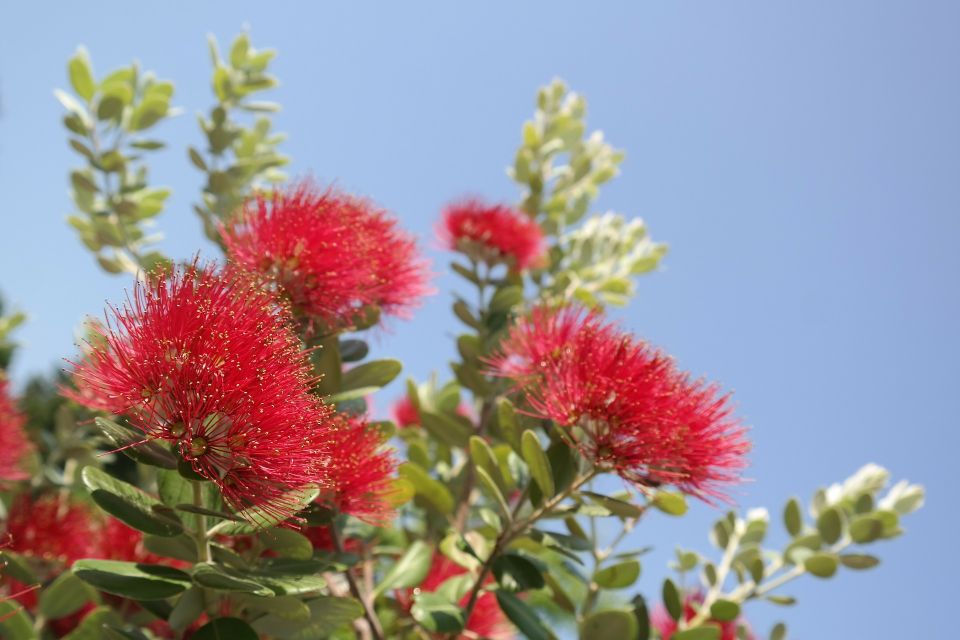
The Maori Pohutukawa tree and Cape Reinga
One of New Zealand’s best known trees is a single ancient Pohutukawa tree. At the northern tip of the North Island, where the land meets the sea it precariously clings to the rocks at what looks like the edge of the world. Te Rerenga Wairua (leaping-off place of spirits to the underworld), or Cape Reinga is one of the most sacred spots for the Maori, the indigenous people of New Zealand, a place of connection to all those who’ve gone before. Considered to be the gateway to the underworld, the spirits of the dead begin their journey by leaping off the headland and sliding down the roots of the 800-year-old tree into the sea below and using the Te Ara Wairua, the 'Spirits' pathway' onwards to their traditional homeland of Hawaiki. They turn briefly at the Three Kings Islands for one last look back towards the land, then continue on their journey.
Today space nearby is protected as sacred land and includes an area where people from all over the world can come and plant a tree dedicated to loved ones who have died and take some time to remember their loved ones. It is even possible to follow your tree online to see how it is doing. A great example of how past customs are changing and continuing on into the modern world.
The Pohutukawa trees have an interesting Maori origination story. Legends tell of Tawhaki, a young Maori warrior, who attempted to find heaven to seek help in avenging the death of his father. He fell to earth and the crimson flowers are said to represent his blood.
Pohutukawa trees also became special to the Christian Europeans who settled in New Zealand. Later known as Kiwi Christmas trees because their red blooms appear in December. They appear in songs, poems and Christmas cards and have become an iconic part of Kiwi Christmas celebrations.
Modern day memorial trees
Now things have come full circle and the modern world is looking to trees for sacredness again. We know about the ecological benefits, mental health benefits and other practical benefits. But there’s something about their wildness and steadfastness through time that reminds us we are part of nature and that it is so much bigger and vaster than we can imagine. In the UK people have started to plant trees as a memorial to loved ones who have died. Now that cremation is more popular, relatives have no physical location to mourn, remember and celebrate their loved ones. Some people are planting trees, some in church yards and some elsewhere and using the tree as their focal point to carry out these ancient and necessary human rituals.
As they have through the ages trees continue to nourish our minds and souls in the hurly-burly of our modern lives.
We know more than ever about the benefits of trees and yet we are cutting down more trees than we plant. Let’s respect and protect them. If you’d like to plant trees to make our cities greener, join #GenerationTree.
Donate to Trees for Cities and together we can help cities grow into greener, cleaner and healthier places for people to live and work worldwide.
Donate